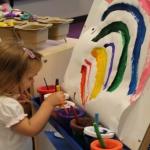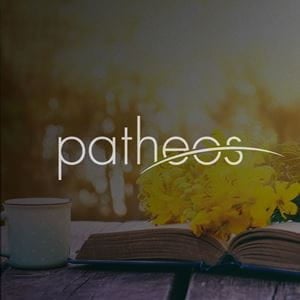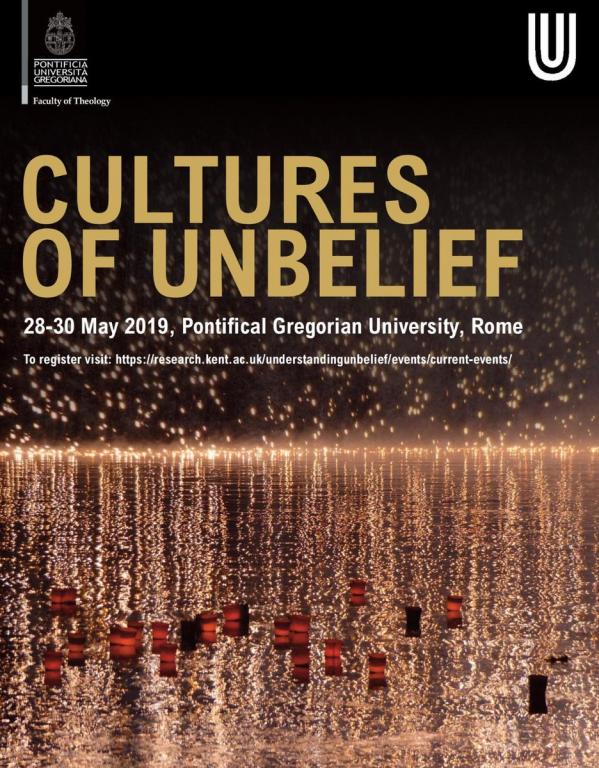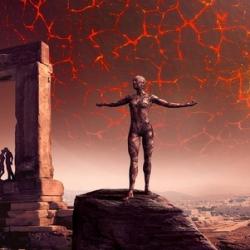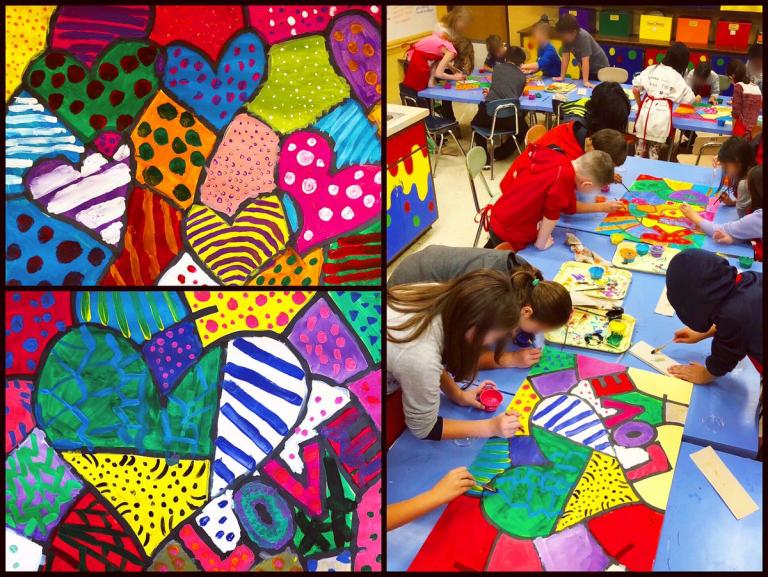
On Wednesday, January 16th, at the Adam’s Middle School in a small, bedroom community in Holliston, Massachusetts, a community conversation was held entitled, “Why Hate? Why Here? Why Now? What’s next?” The impetus of this gathering centered around the discovery of a swastika carved into the slide of the school playground.
One of the panelists, Rabbi Jennifer Rudin injected, “When incidents like this happen, all that fear, rational or irrational, comes back.” Some months before, the painful memory of the mass shooting at Tree of Life Synagogue in Pittsburgh seemed to loom over the event.
The discussion among some of the parent’s of the children ranged in concerns from innocuous pranks of children to a culture of antisemitism that still often pervades many communities. Their concerns centered around how we help our children celebrate and honor our diversity in faiths, secular views, race, and culture and more.
In Framingham, a larger city not far from Holliston, a possible hate crime was reported in another elementary school last November 2018 when threatening letters were discovered in the school locker of a ten-year-old Muslim girl. The second letter directly threatened her and called her a “terrorist.”
These two experiences exemplify not only the creeping Antisemitism and Islamophobia present throughout the country in one form or another, but it also symbolizes the dis-ease Americans in many places in the country have with our diversity and pluralism, amplified in social media, with ongoing conversations with our children trying to help them feel safe, when they do not.
Alongside these sad events, are purposeful efforts to unite our communities out of compassion and in service to our common humanity. In Holliston, among the faith communities in and around town we formed a coalition called the Metrowest Interfaith Dialogue Project, consisting of Christian, Jewish, and Muslim communities along with other interested religious and nonreligious friends.
Soon after the swastika event on the Middle School playground, we met as a coalition with the superintendent of schools for the town of Holliston. In that meeting, as representatives of religious communities, we needed a common ground by which to have a meaningful exchange between us and officials of the public-school system. This for us was a religious concern, but it is also a secular one as well.
We needed a secular translation of our concerns of faith so that we could talk of a meaningful role we could make in partnership with our public schools. That spelled out as seeking to support the children of our town, their families and helping to encourage dialogue among us, and a renewed appreciation for our diverse neighbors who all live together in a decidedly secular culture. This is what Jurgen Habermas, a secular sociologist, calls a “postsecular consciousness.”
Dr. Michele Dillon of the University of New Hampshire, in her latest book, Postsecular Catholicism, agrees with Habermas, that the realities of Western modernity require a change in public consciousness and an appreciation of religion. A postsecular consciousness recognizes that while secularization is the settled reality, religion has public relevance and culturally useful resources for addressing contemporary societal ills.
She says, “Postsecularity does not mean that we have moved beyond secularism or that secularization has not occurred. And nor does it denote the return of religion, as religion never, in fact, disappeared from Western society. Rather, postsecularity requires appreciation of the mutual relevance and intertwined pull of the religious and the secular.”
She goes on to assert that “this dialogue is not intended to persuade the other of the rightness of one’s own convictions, or to ignore or to paper over differences. The goal, rather, is to forge new understandings and to integrate differences, however partially, in ways that can help society move forward in addressing its challenges.”
So, religious communities coming together with the civic secular institutions in Holliston is a postsecular opportunity and one that asserts the mutual relevance of all the civic and religious niches that together help sustain the community and its interdependence.
_________________________________________________
 FR. CARL CHUDY is a Catholic priest and member of an international Catholic religious order, the Xaverian Missionaries USA, who are very involved in interfaith and intercultural dialogue. He holds a Masters in Divinity from Catholic Theological Union in Chicago with a cross-cultural specialization, a Masters of Arts in Transformative Leadership & Spirituality from Hartford Seminary, and is presently a candidate for the Doctor of Ministry program at Hartford Seminary that focuses on religious and nonreligious engagement. He has worked with some local and national interfaith and secular associations, including the Yale Humanist Community, American Humanist Association, The British Humanist Association, and The Humanist Society Scotland.
FR. CARL CHUDY is a Catholic priest and member of an international Catholic religious order, the Xaverian Missionaries USA, who are very involved in interfaith and intercultural dialogue. He holds a Masters in Divinity from Catholic Theological Union in Chicago with a cross-cultural specialization, a Masters of Arts in Transformative Leadership & Spirituality from Hartford Seminary, and is presently a candidate for the Doctor of Ministry program at Hartford Seminary that focuses on religious and nonreligious engagement. He has worked with some local and national interfaith and secular associations, including the Yale Humanist Community, American Humanist Association, The British Humanist Association, and The Humanist Society Scotland.


